Paraliterary
The Making of Bad Readers in Postwar America
Merve Emre
The University of Chicago Press
CHICAGO AND LONDON
PUBLICATION OF THIS BOOK HAS BEEN AIDED BY A GRANT FROM THE BEVINGTON FUND.
The University of Chicago Press, Chicago 60637
The University of Chicago Press, Ltd., London
2017 by Merve Emre
All rights reserved. No part of this book may be used or reproduced in any manner whatsoever without written permission, except in the case of brief quotations in critical articles and reviews. For more information, contact the University of Chicago Press, 1427 East 60th Street, Chicago, IL 60637.
Published 2017
Printed in the United States of America
26 25 24 23 22 21 20 19 18 17 1 2 3 4 5
ISBN -13: 978-0-226-47383-3 (cloth)
ISBN -13: 978-0-226-47397-0 (paper)
ISBN -13: 978-0-226-47402-1 (e-book)
DOI : 10.7208/chicago/9780226474021.001.0001
Library of Congress Cataloging-in-Publication Data
Names: Emre, Merve, author.
Title: Paraliterary : the making of bad readers in postwar America / Merve Emre.
Description: Chicago ; London : The University of Chicago Press, 2017. | Includes bibliographical references and index.
Identifiers: LCCN 2017016749 | ISBN 9780226473833 (cloth : alk. paper) | ISBN 9780226473970 (pbk. : alk. paper) | ISBN 9780226474021 (e-book)
Subjects: LCSH: Books and readingUnited StatesHistory20th century. | Books and readingUnited StatesSociological aspects. | Literature and societyUnited States. | ReadingPhilosophy. | Communication in international relationsUnited States. | United StatesIntellectual life20th century.
Classification: LCC Z 1003.2 . E 48 2017 | DDC 028/.909730904dc23 LC record available at https://lccn.loc.gov/2017016749
 This paper meets the requirements of ANSI / NISO Z 39.48-1992 (Permanence of Paper).
This paper meets the requirements of ANSI / NISO Z 39.48-1992 (Permanence of Paper).
For Gulus and Hasan Berk,
in memoriam
Contents
Pop Quiz
Select four answers to the question what should a reader be to be a good reader:
1. The reader should belong to a book club.
2. The reader should identify himself or herself with the hero or heroine.
3. The reader should concentrate on the socio-economic angle.
4. The reader should prefer a story with action and dialogue to one with none.
5. The reader should have seen the book in a movie.
6. The reader should be a budding author.
7. The reader should have imagination.
8. The reader should have memory.
9. The reader should have a dictionary.
10. The reader should have some artistic sense.
VLADIMIR NABOKOV , Good Readers and Good Writers (1948)
GOOD READER, BAD READER
Quizzing the students in his European literature class at Cornell on their reading habits, the Russian-American novelist Vladimir Nabokov observed in 1948, The students leaned heavily on emotional identification, action, and the social-economic or historical angle. Of course, as you have guessed, the good reader is one who has imagination, memory, a dictionary, and some artistic sense. On one level, Nabokov was airing a teachers frustration at how American readers had failed to cultivate key practices of aesthetic appreciation. While Nabokov was busy scrutinizing and cataloging literary devices, his American students were frittering away their time trying to feel what fictional characters felt. On another level, however, Nabokov was making a subtle argument about the reading practices that had arisen alongside other changes in the United States just after World War II: not only the growing prominence of book clubs and Hollywood adaptations but also the vast array of literacy programs that imagined an increasingly intimate relationship between a social-economic or historical angle of reading and nationally marked practices of identification, dialogue, and action undertaken by readers.
Installed at Cornell less than one year after the VOA denied him a job reading literature over the radio to Russian audiences, Nabokov had suggestively titled the introductory lecture to his European literature class Good Readers and Good Writers. Yet what seemed to lend the lecture both its revelatory and its judgmental force was precisely its intimation of all the bad readers who lurked outside the literature classroom, fiddling with the dials on their radios or attending mass readings sponsored by the CCF. These were the readers who in Nabokovs view had made reading into both a problem for teachers of literature like himself and a tremendously powerful activityone that had the potential to shape international histories of identification, dialogue, and action outside the confines of the literature classroom.
Nabokovs alignment of good readers with the aesthetic sensibilities of good writers would go on to become one of the most commonly promoted identities of American fiction after World War II.
Yet whatever name he went by, the good readers cultural elevation always relied on his oppositional relationship to the curiously undifferentiated mass of bad readers, who struck Nabokovand have struck many teachers and literary scholars sinceas a kind of irritating background noise; always Of course, such sweeping indictments raise more questions than they answer. Who were these bad readers? Where had they come from? What did they want out of reading? And what, exactly, made them so bad in the first place?
This book is about bad readers and the institutions that spawned them in postwar America. By bad readers, I mean individuals socialized into the practices of readerly identification, emotion, action, and interaction that Nabokov decried; practices rooted in a political culture that insisted on Something to Be Done by literature, as the poet Conrad Aiken put it so bluntly in a 1956 letter to President Dwight D. Eisenhower. To do so is to fail to grapple with the historically contingent production of specific kinds of bad and good readers, whose matter-of-fact opposition to one otherand, more implicitly, their definition through one anotherwas negotiated in more materially and imaginatively complex ways than the terms good and bad could ever convey.
Nowhere was this shift in reading practices more apparent than in institutions of international communication, where American literature played a crucial role in helping national and international readers alike acclimate to the rise of American power in the lead-up to World War II and to the perpetually anxious state of Cold War liberalism in the years that followed. At the same time that American universities appeared to be churning out good readers by the hundreds, one could also observe the rising social prominence of hundreds of thousands of bad readers conscripted by the nation as disciplined international communicators, whether in the social spaces of Nicolas Nabokovs VOA, diplomatic and ambassadorial missions, private and public cultural exchange programs, multinational corporations, international magazines, or global activist groups. The institutions of literacy cultivation, which I bring together across the chapters of this book, are intriguing not only for the sheer novelty of their political and international conscription of American reading publics. (Although I will confess my delight at excavating histories from unexplored archives that are surprising, counterintuitive, and often bizarre.) Instead, these institutions strike me as exemplary for how people trained to read under their auspices began to imagine that reading literature might, quite literally, change the world: how it would emotionally move and ethically instruct the nations political adversaries, how it would educate and improve its allies, and how it would transform readers into living, breathing representatives of the culture that produced them. By my account, bad readers were not born; they were made. And their creation helped devise enduring strategies for how people could use literature to learn to speak, feel, perceive, and interact with others throughout the postwar period.

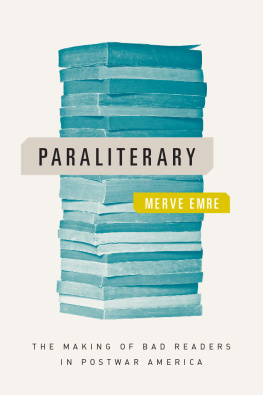
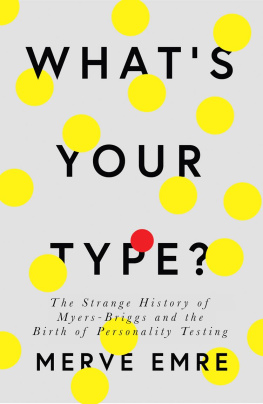


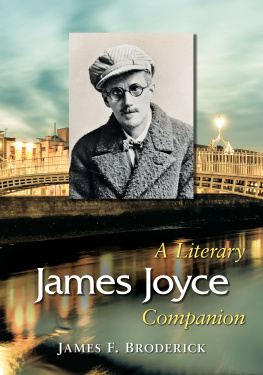
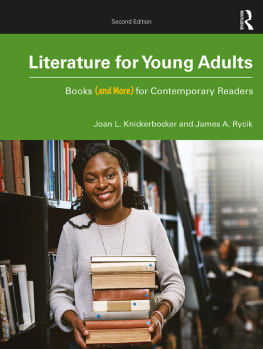
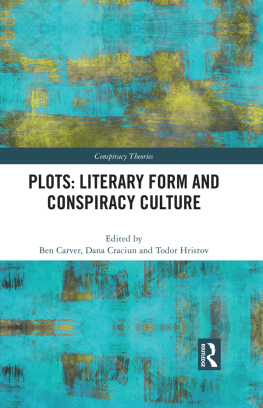
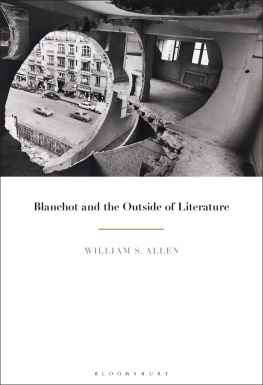
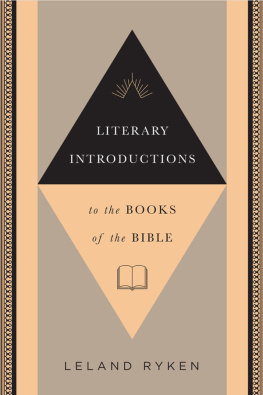
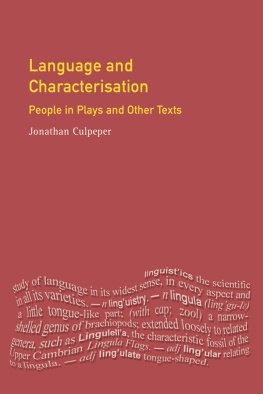
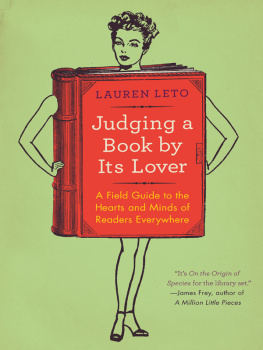
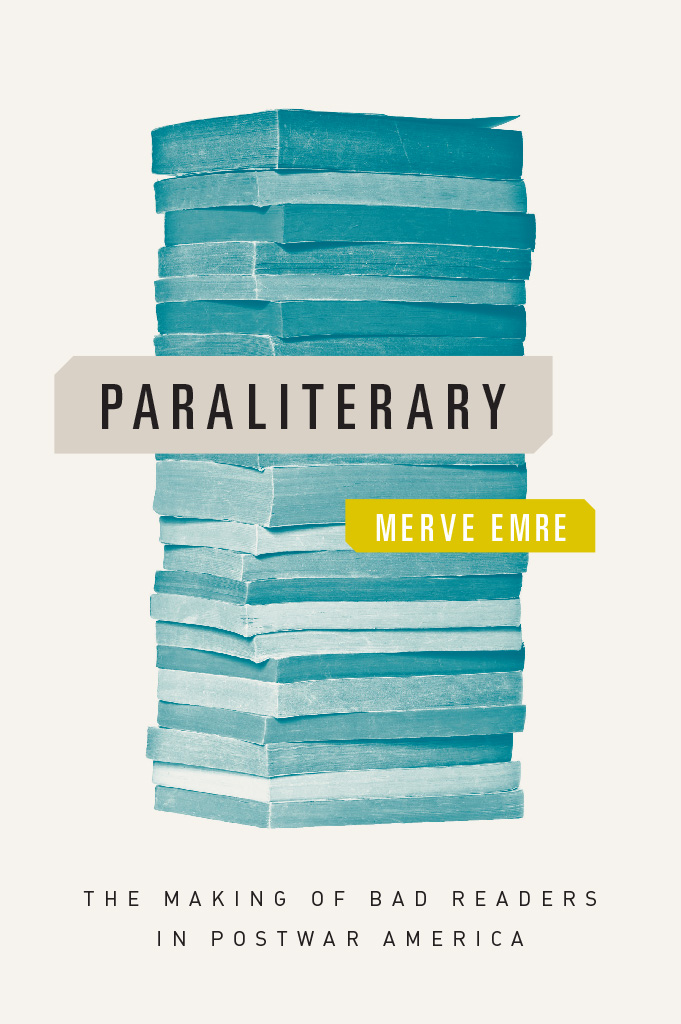
 This paper meets the requirements of ANSI / NISO Z 39.48-1992 (Permanence of Paper).
This paper meets the requirements of ANSI / NISO Z 39.48-1992 (Permanence of Paper).